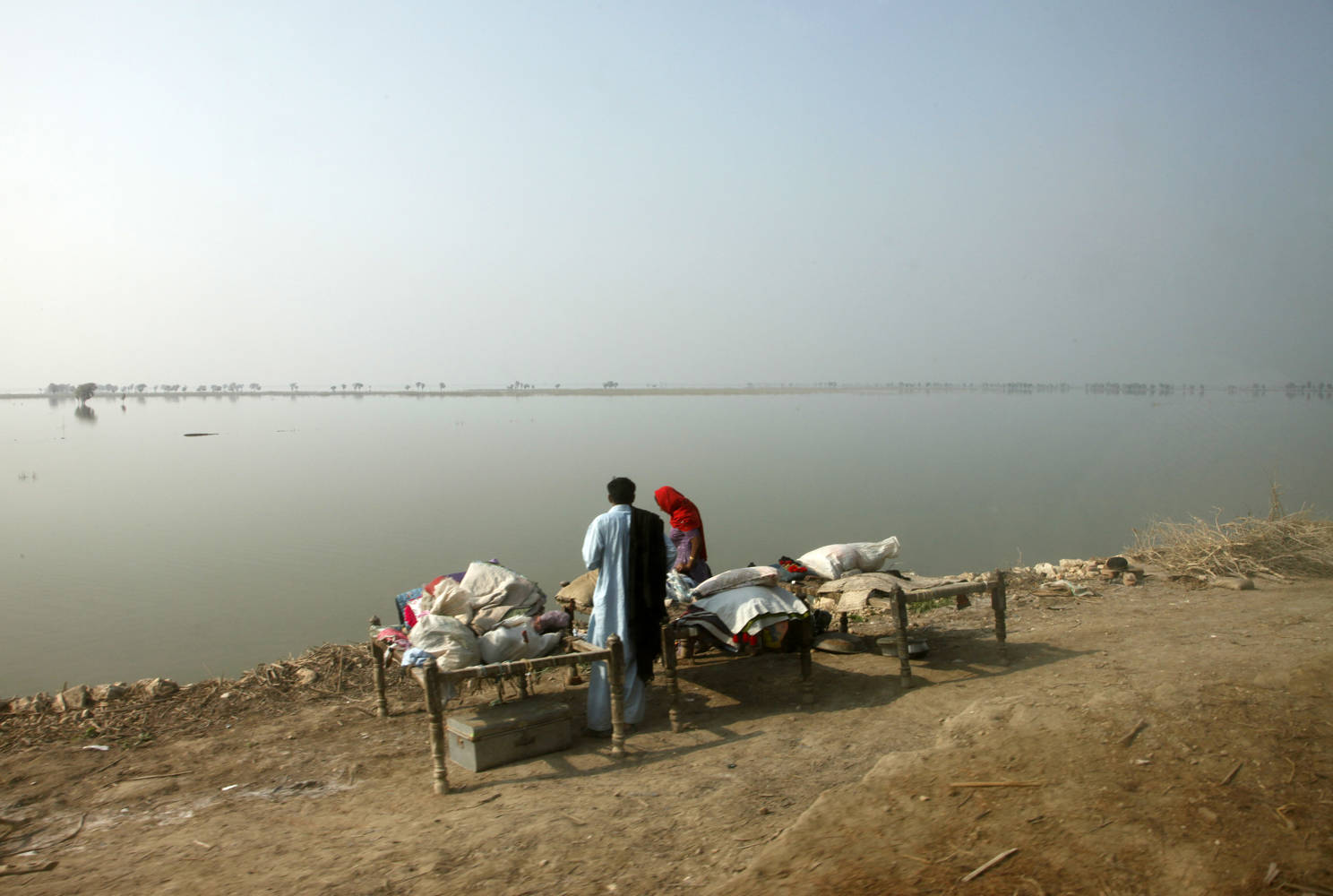
In this PRIO breakfast seminar, UN Special Adviser on solutions to internal displacement, Robert Piper will join us to discuss internal displacement and the gendered impacts of displacement.
Amidst much focus on people on the move - across international borders - whether due to conflict, climate change impacts, or in search of a life in dignity, most mobilities are actual internal to nation-states. According to the Internal Displacement Monitoring Centre there are some 59 million people who are internally displaced (end of 2021). While there are, an estimated 32 million refugees internationally, in mid-2022, according to the UN Refugee Agency, UNCHR.
Internal displacement is caused by different sets of factors, among others, armed conflict, political instability, natural disasters or other climate-related causes. The line between forced displacement and other forms of mobility is often blurred, particularly within the context of protracted insecurity.
So what do data and research have to say about what causes displacement and how? How do various causes of internal displacement affect men and women differently, in the short and long term? What are the short and longer-term consequences of displacement? And what are the gendered impacts of displacement?
While the international legal system is clear with regard to the protection of those displaced across international borders, the same safeguards are not granted to internally displaced people, with no international convention or legal instrument explicitly addressing their plight. The very fact of displacement within your country’s borders also changes the terms of any international engagement.
Responding to the needs of displaced populations often become the responsibility of local actors on the ground, as well as local and international humanitarian organizations. This is particularly the case when displacement occurs in contests of lacking state capacity to respond adequately. Internal displacement ought to be understood beyond the context of sudden humanitarian crises since structural vulnerabilities are a crucial dimension of what may drive people to move or stay when a crisis does hit.
This event is co-hosted by PRIO Centre on Gender, Peace and Security, PRIO Migration Centre and the Norwegian Centre for Humanitarian Studies.
Speakers
Introduction by Maria Gabrielsen Jumbert, Research Director at the Peace Research Institute Oslo (PRIO).
Robert Piper, UN Special Adviser on Solutions to internal displacement, will present "Solutions to situations of internal displacement - a gender perspective".
Marta Bivand Erdal, Research Professor in Migration Studies at the Peace Research Institute Oslo (PRIO), will present "Can protracted displacement end?"
Halvard Buhaug, Research Director at the Peace Research Institute Oslo (PRIO), will present "We tried to predict flood displacements and failed. This is why"
Gunn Jorid Roset, Multilateral Department, Norwegian Ministry of Foreign Affairs
Laila Matar, Advocacy and Media Director, Norwegian Refugee Council





